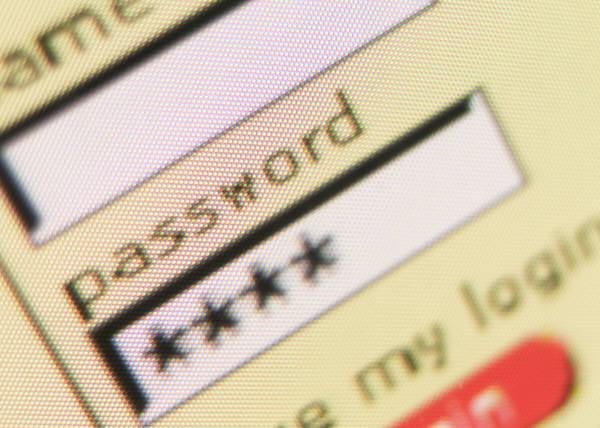I hate passwords. But I don’t hate passwords as a concept. Certainly I understand the need, but password protection implemented poorly creates friction and often frustration, and that’s not good for business or for my own personal protection.
Now there’s a new initiative out of Silicon Valley called the “Petition Against Passwords.” It’s not proposing a specific alternative, but the basic premise is that we can do better. And the initiative seems to be getting some early traction. But I think that before we try to improve, we also need to address our failings.

In my view, because online security has become such a high profile concern, many companies have given their programmers carte blanche to “beef up security.” And beef they have, adding all sorts of onerous restrictions, cool new programming and faddish techniques that satisfy their intellectual curiosity, but put a big dent in the overall user experience.
Several years ago, I bought one of the most popular password management programs called Roboform. It actually will provide long, randomly generated passwords for every site where I have an account. Once set-up, I could access any site with a single click. Nirvana! I was fully protected, and friction was eliminated. This was a win for everyone. And it worked. For a while.
But I’ve watched as RoboForm has become less effective, as more sites institute cool new login processes that force you to do more, remember more, and defeat the popular password managers.
I have one site that insists I manually input my password into a virtual keypad on the screen. Way cool, but essentially pointless. I have another site with no fewer than ten challenge questions that it presents randomly, with responses that have to be entered perfectly, or you are locked out and forced to spend 20 minutes with their call center to get back in. Still another site wants a ten character password that includes both a capital letter and two non-alphanumeric characters. And the latest cool approach is “two-factor authentication,” which sends a separate code to your cellphone every single time you want to login. Honestly, can you picture yourself doing this several times (or more) a day? We want more user engagement, not less.
Where I come out is with this simple, three-point proposition:
- Login security should be proportionate to what you are protecting, a point of particular relevance to online content providers. Let’s be honest with ourselves: we’re not protecting nuclear launch codes.
- Don’t leave login protocols completely in the hands of your programmers. Logins are a critical component of the overall user experience and need to be assessed accordingly. If users aren’t logging in, they’re also not renewing.
- For most of us, time would be better spent improving our back-end system security, to reduce the chance of wholesale theft of user logins, credit card data and personal information. That’s where the big business risk resides, although the necessary programming is admittedly less glamorous than virtual keypads.
So sure, let’s start talking about eliminating passwords. But first, let’s acknowledge that a lot of the problem is self-inflicted by the way in which we have implemented passwords.
